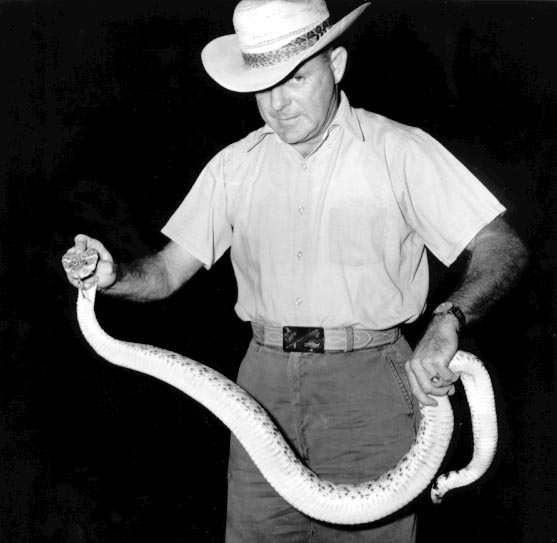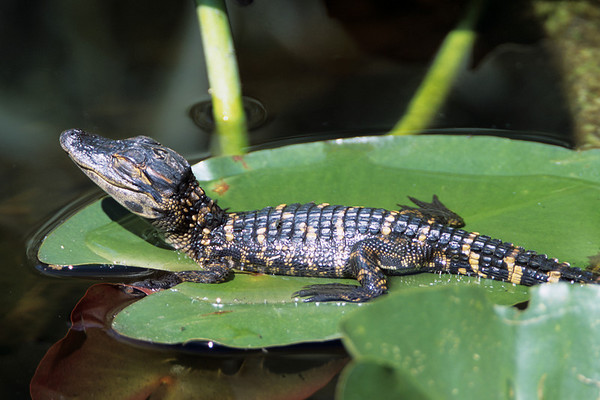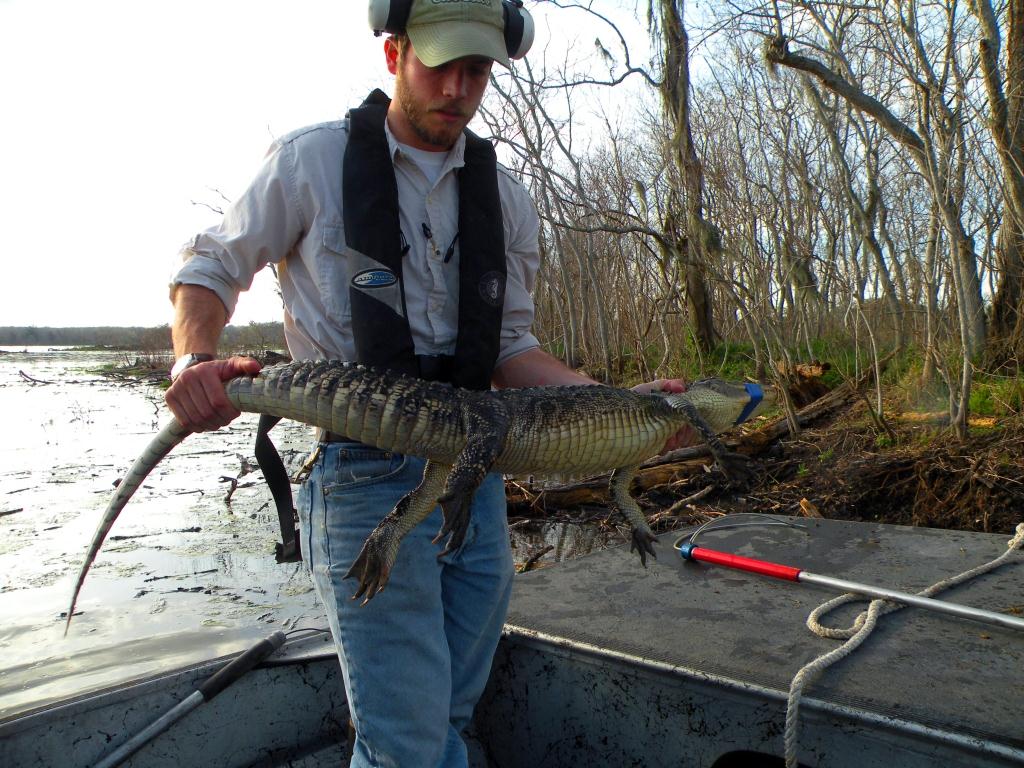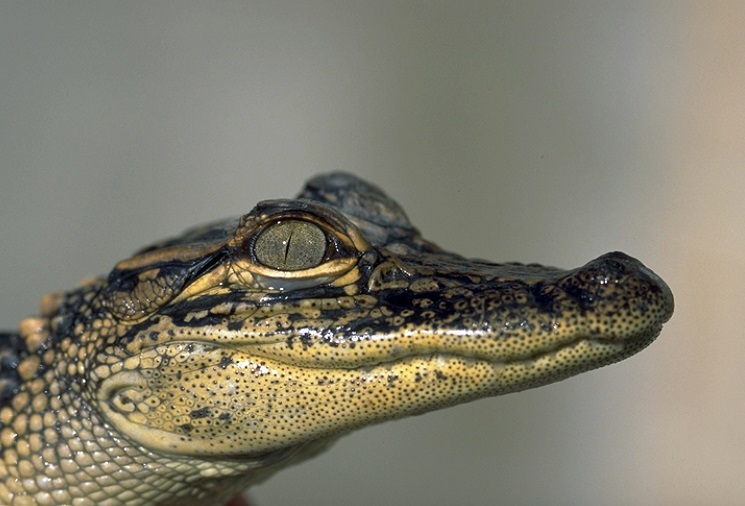Wildlife: Snake Nerd Nirvanna
May 15th, 2014This is Passport to Texas
The snake nerds will be out in force in west Texas at the end of the month for Snake Days – and Texas parks and Wildlife herpetologist Andy Gluesenkamp will be among them.
15— This is really a snake celebration event. Where people who love snakes get together and talk about snakes, and look for snakes, and share pictures of the things that they found, and basically enjoy themselves in the burgeoning metropolis of Sanderson, Texas, population 880.
I had to know: are there enough snake lovers in the world to warrant such an event?
10— There are four hotels in Sanderson, Texas, and they have had all of their rooms booked for this upcoming event for about the last six months – so you tell me.
In addition to the camaraderie of being with others who “get you,” there are also educational opportunities.
33— We have a full roster of award-winning authors, well-respected biologists, academics, hobbyists, snake breeders; a really diverse bunch of speakers, and pretty much the A List of people that we could possibly hope to have speak at Snake Days.
What’s a name that might get people excited?
Well, we’re really fortunate to have Harry Green. He wrote the very popular book Tracks and Shadows, which came out last year. He’s a snake ecologist from Cornell University, and a really interesting person. Not to mention, he tells great stories about snakes.
Snake Days is May 30 through June 1 in Sanderson, Texas. Details at passporttotexas.org.
For Texas Parks and Wildlife, I’m Cecilia Nasti.
________________________________________________________
[Copy and paste link into your browser.]
Sanderson Snake Days, http://www.snakedays.com/






 Passport to Texas is a
Passport to Texas is a  Passport to Texas is made available by:
Passport to Texas is made available by: